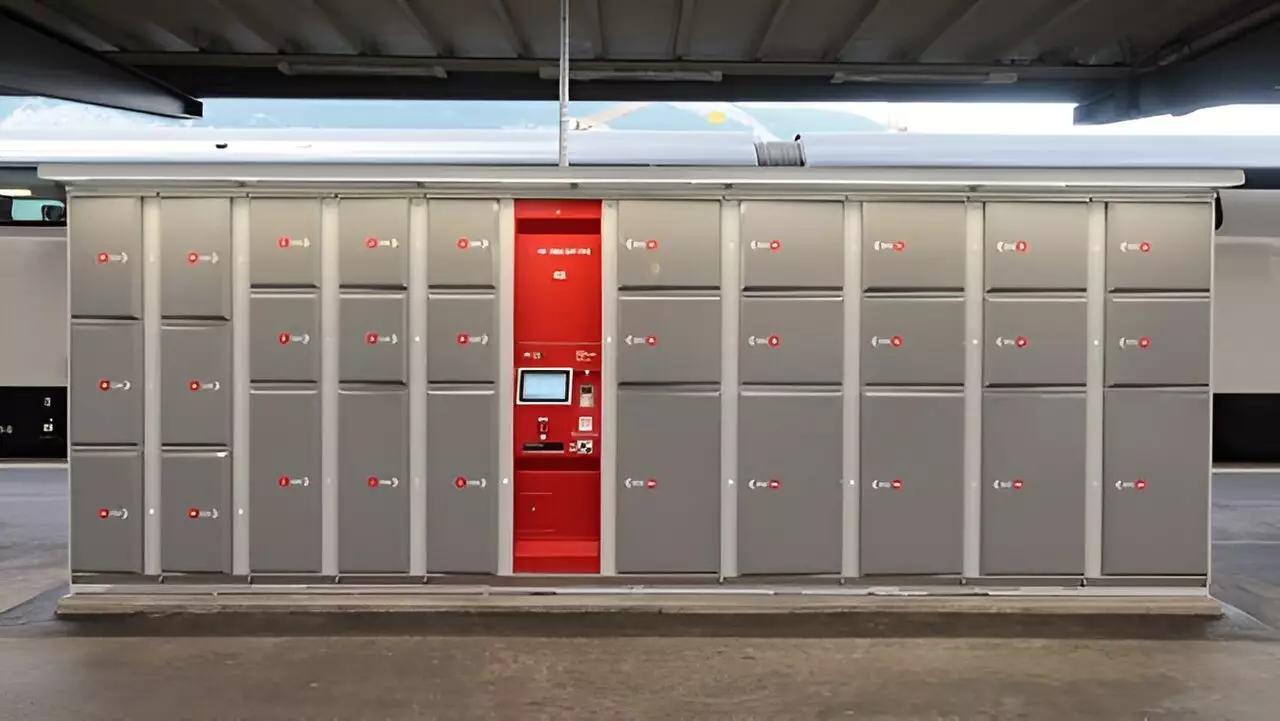With the surge in e-commerce, the number of parcel deliveries worldwide has significantly increased, reaching 161 billion in 2022. This exponential growth has raised concerns about the environmental impact of traditional delivery methods. In Australia alone, 5.6 million households made monthly online purchases in 2023, leading to a substantial increase in parcel shipments. The transportation of these parcels, mainly carried out by high-emitting diesel vehicles, contributes to traffic congestion, parking issues, carbon emissions, and air pollution in urban areas.
One of the key strategies to reduce the environmental footprint of parcel deliveries is the adoption of low-emission vehicles, such as electric delivery vans powered by renewable energy sources. While electric delivery vehicles offer a more sustainable solution, their global sales share remains low, hovering around 5% in 2023. Moreover, the expansion of vehicle charging infrastructure powered by renewable energy is a time-consuming process. As a result, alternative approaches are needed to address the immediate challenges posed by traditional delivery methods.
Crowdshipping emerges as a novel solution to optimize parcel deliveries and minimize the environmental impact of transportation. This innovative concept leverages crowdsourcing to integrate passenger and freight transport seamlessly. By engaging members of the public to deliver parcels during their regular journeys, crowdshipping utilizes existing transport capacities effectively. Instead of relying on dedicated courier services, crowdshipping matches parcels with individuals traveling to locations in close proximity, minimizing extra detours and maximizing transport efficiency.
A simulation of crowdshipping in Singapore revealed promising results in terms of cost savings and environmental benefits. By outsourcing just 11% of parcel deliveries to crowdshippers utilizing public buses, e-commerce carriers can reduce their delivery vehicle fleet, decrease delivery distances by 20%, and cut down on emissions. Even after compensating crowdshippers for their service, carriers can enjoy significant cost savings. This model demonstrates the potential of crowdshipping to transform urban parcel delivery systems and make them more sustainable.
Several practical considerations need to be addressed to ensure the successful implementation of crowdshipping. Passenger willingness to participate in delivering parcels, the potential impact on public transport congestion during peak hours, and the need for a reliable service platform are key factors to consider. Surveys indicate that passengers are willing to serve as crowdshippers, especially if incentivized appropriately. Limiting crowdshipping to off-peak hours can alleviate concerns about congestion on public transport, as excess capacity is often available during those times. Establishing accountability and trust among users through robust identity verification and parcel tracking mechanisms is essential for the reliability of crowdshipping services.
The integration of passenger and freight transport through innovative solutions like crowdshipping presents a viable path towards sustainable urban mobility. By utilizing data-driven transport modeling and simulation, cities can explore and implement alternative delivery methods that reduce environmental impact and enhance operational efficiency. As urban centers strive to make their logistics operations more sustainable, crowdshipping using public transport could emerge as a practical solution for cities with robust public transportation networks and high passenger volumes. Carriers and logistics providers can capitalize on people’s movements to complement traditional delivery services, paving the way for a more sustainable future in urban logistics.


Leave a Reply